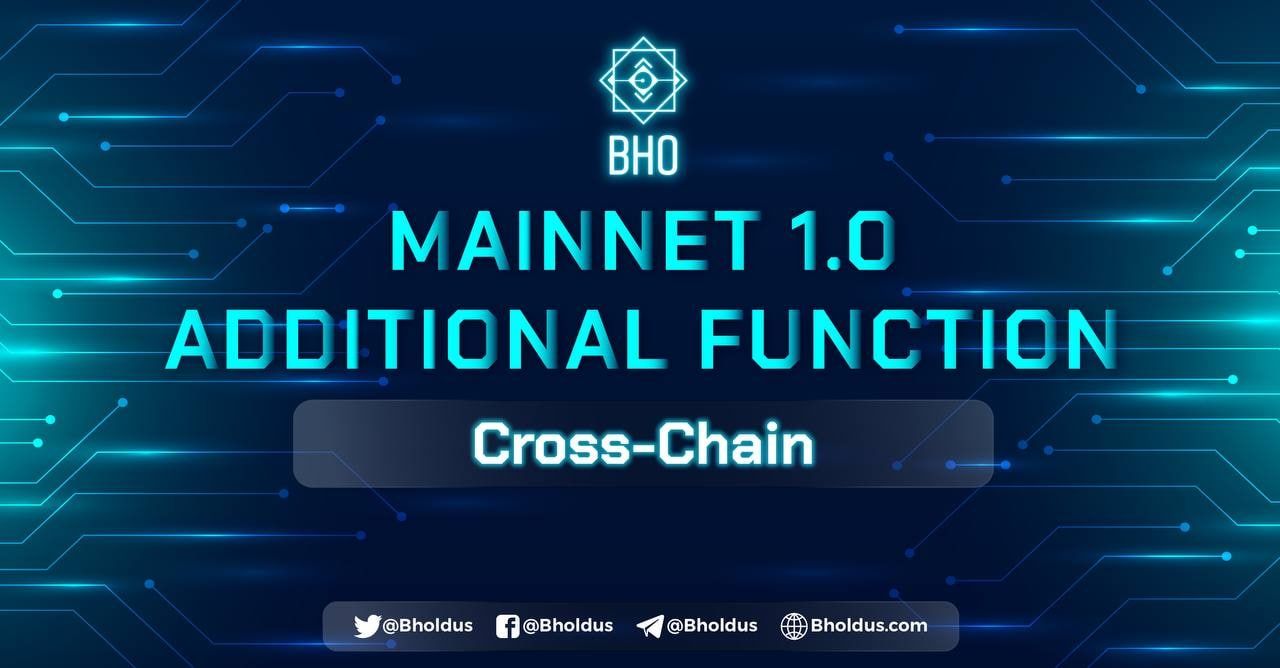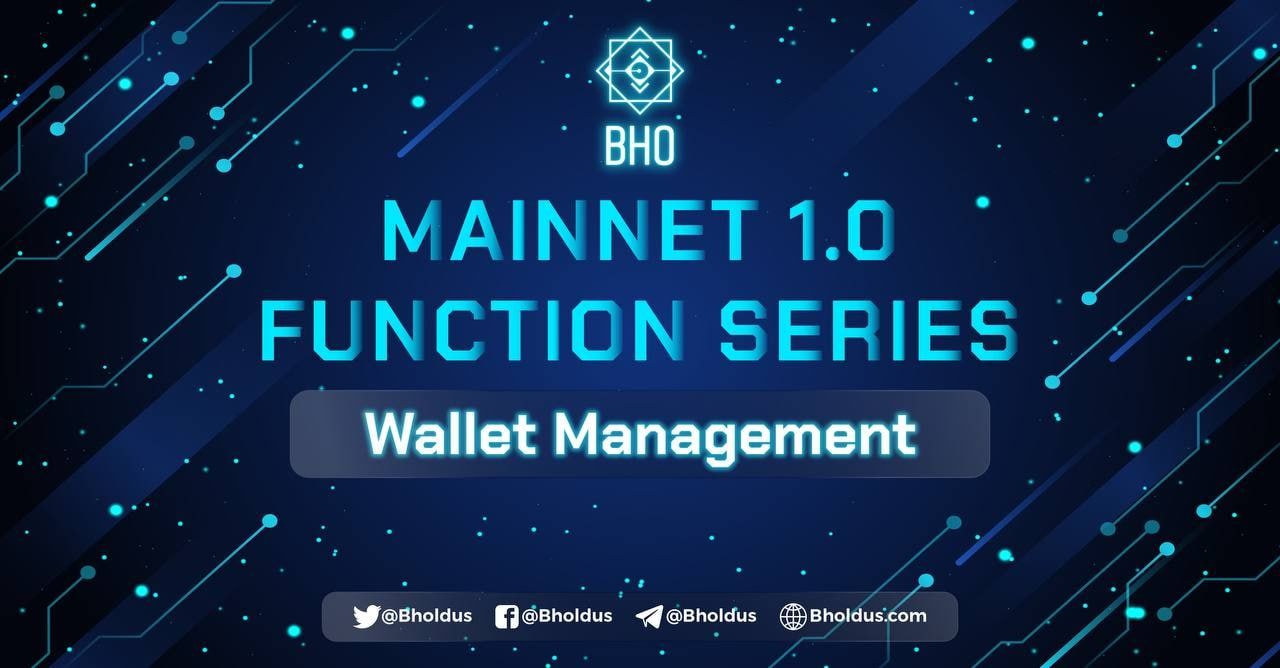- Blog
- Crypto News
- E-WALLET - FOUNDATION AND DEVELOPMENT HISTORY
E-WALLET - FOUNDATION AND DEVELOPMENT HISTORY
- Wallets Classification
- How e-wallets work
- Some Popular Cryptocurrency Wallets
- BITCOIN e-wallet
- ETHEREUM e-wallet
- Metamask
- Ledger Nano and TREZOR Wallet
- Trust Wallet
With the development of technology in the field of finance and banking, e-wallet is a very popular phrase in recent years. An e-wallet is an application, usually developed in the form of a mobile app or website, with full functions of a normal wallet such as: payment transactions, money transfer, savings, etc. It brings convenience to users, enabling them to perform these operations anytime, anywhere without having to go to the transaction location.
Looking back at some of the key development milestones of digital wallets, it all started with a purchase of CDs with a credit card in 1994, then the ability to send SMS messages to purchase items, the birth of Paypal, Alipay, the birth of the microfinance application M-PESA that can be used with all phones in 2007 in Africa, to the extremely convenient and modern electronic wallets like Apple Pay / Google Pay, we can see that e-wallets have undergone nearly 30 years of establishment and development with many breakthroughs.
Along with traditional currencies, the inception and development of the first digital currency - Bitcoin - in 2008 is a historic milestone for the fusion of technology and finance. With its decentralized nature, cryptocurrencies are not regulated like traditional money by an intermediary organization like a bank. Therefore, users will not make transactions through intermediary organizations, but are required to use electronic wallets - also known as crypto wallets. E-wallets are a must for crypto-currency as it is the only means of payment and transaction for this currency.
This article will take a look at the history and some outstanding features of popular crypto wallets, to help us have an overview as well as make the right choice for us to store cryptocurrency, and conduct crypto-related transactions.
Wallets Classification
Initially, e-wallets were available only as softwares on computers. Later, with the development of smart handheld devices, and the era of the Internet of Things, e-wallets were developed more widely in the form of browser extensions or applications on smartphones.
In addition to electronic wallets in the form of software or websites, a popular electronic wallet with higher security is a hardware wallet. This is a peripheral device that connects to a computer, has the same basic features as regular electronic wallets but is encrypted with the private key, and has an additional layer of security via the user (in the form of a password or fingerprint) before performing the transaction. We can store hardware wallets in safes or other highly secure locations. In addition, hardware wallets, even when plugged into a computer infected with malware or viruses, also make it very difficult to steal information, because the wallet itself has also established different security layers.
How e-wallets work
Essentially, digital wallets for cryptocurrencies all work through the very popular protocol public-key cryptography. We can understand it as simply as this example: suppose A transfers money to B. The public keys of A and B are both public, while the private keys of A and B, both A and B keep for themselves. A will use B's public key to encrypt the sending message, and when B receives the money, he will use his own private key to decrypt the message.
In reality, we can imagine the Public key as the wallet address to perform transactions such as transferring tokens/coins, or looking up transaction history. It is public and shared on block explorer sites, which can be tracked by everyone.
Meanwhile, a Private key can exist in the following forms: a character phrase with a length of 256 bits, a character sequence of 64 bits in hexadecimal, QR code, and most popular is a Mnemonic phrase - a set that usually has 12 individual words in order. Control of the wallet including all assets will be lost when the private key falls into the hands of others, so we must always be absolutely sure that our private key is secure, store it in a safe place, and we can reverse or encode some phrases when storing.
Some Popular Cryptocurrency Wallets
BITCOIN e-wallet
Along with the start of Bitcoin - the first cryptocurrency, e-wallets were also born as an indispensable need for users to make transfers, receive BTC and track their transaction history. Bitcoin - also known as Satoshi client - is the first electronic wallet software that was created in 2009 by the creator of BTC - Satoshi Nakamoto. Later, to avoid confusion with the word Bitcoin for currency, subsequent versions were renamed Bitcoin-Qt, and now Bitcoin Core. Some other softwares with similar features are Bitcoin XT, Bitcoin Unlimited and Parity Bitcoin.
ETHEREUM e-wallet
After ETH officially ran its blockchain network in 2015, the first electronic wallet called Etherwall was created. Etherwall also has basic features such as sending and receiving tokens, looking up transaction history. Until now, Etherwall is still being developed.
After the infancy of cryptocurrencies with electronic wallets in the form of traditional computer software, the explosion and worldwide recognition of both Bitcoin and Ethereum led to the birth of tens of thousands of cryptocurrencies and tokens of all kinds, accompanied by a market capitalization of more than a trillion USD. Along with that, crypto-currency e-wallets have developed rapidly in the form of mobile applications or web browser extensions, bringing great convenience to users when they can make transactions anytime, anywhere. However, the accompanying risks are extremely large when many users do not really understand the operation mechanism, as well as have a sense of security for their e-wallets.
Metamask
Created relatively early in 2016, along with Ethereum, MetaMask was developed by ConsenSys, and released as a browser extension to perform transactions on the Ethereum blockchain platform. Later, other popular blockchain platforms are also supported such as Binance Smart Chain or Polygon.
It was not until September 2020 that the MetaMask version on iOS and Android mobile devices was released. Soon after in October the same year, the MetaMask Swaps feature for desktop browser extensions was created with a built-in DEX service to support the exchange of ETH tokens with other tokens.
MetaMask Swaps takes data from decentralized exchanges to choose the best rates, and this makes MetaMask very popular among crypto traders because of its convenience. By March 2021, the new Swaps service will be launched on the mobile platform. Currently, MetaMask has about 21 million monthly active users according to a Bloomberg statistic.
Ledger Nano and TREZOR Wallet
These are the two most popular hardware wallets for storing cryptocurrencies. Both launched in 2014, Ledger Nano and TREZOR often go hand in hand and compete fiercely in terms of market share, functionalities, and the ability to support different tokens during development.
TREZOR wallet works like a microcomputer, while Ledger Nano S only uses a built-in security chip, so TREZOR is a bit larger in size. Outstanding features include setting up a PIN, encrypting private keys and storing them securely. These features make hardware wallets much more secure and safer than electronic wallets as softwares.
Currently, both companies have launched different types of products such as TREZOR One, TREZOR Model T, Ledger Nano S, or Ledger Nano X to suit each type of customer's needs. However, in terms of basic features as well as security, the two companies are very similar, so these two product lines are suitable for those who prefer to store tokens on hardware wallets to ensure maximum security for their crypto assets.
Trust Wallet
TrustWallet is a very popular E-wallet in the form of a mobile application, and is widely used because of its strong integration with many platforms and support for many types of tokens. It was launched in November 2017, and today, TrustWallet supports up to 53 different blockchain platforms. In 2018, the world's largest cryptocurrency exchange Binance acquired TrustWallet, and dedicated part of its R&D budget to the research and development of this wallet.
TrustWallet became popular because of its easy-to-use interface and convenience, as well as many features that can be used right in-app such as: buying, swapping or staking tokens, and especially the ability to access decentralized applications central (dApps). Currently TrustWallet has more than 25 million regular users, and it is expected that this number will grow even more in the near future.
Above are a few typical cryptocurrency wallets associated with the inception milestones of cryptocurrencies, as well as its popularity in the community. More types of E-wallets have been created, and with them come many innovative and flexible features, bringing more options to users. They can choose different wallets to store tokens, but no matter what type of wallet you use, you still need to learn about the operating mechanism, as well as security principles to ensure the safety of your own digital assets.
Published on March 17, 2022
Tagged topics







